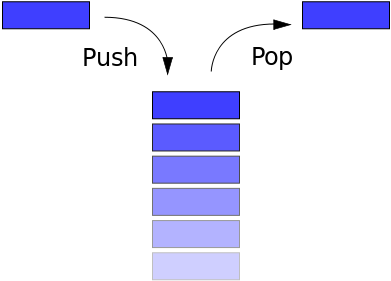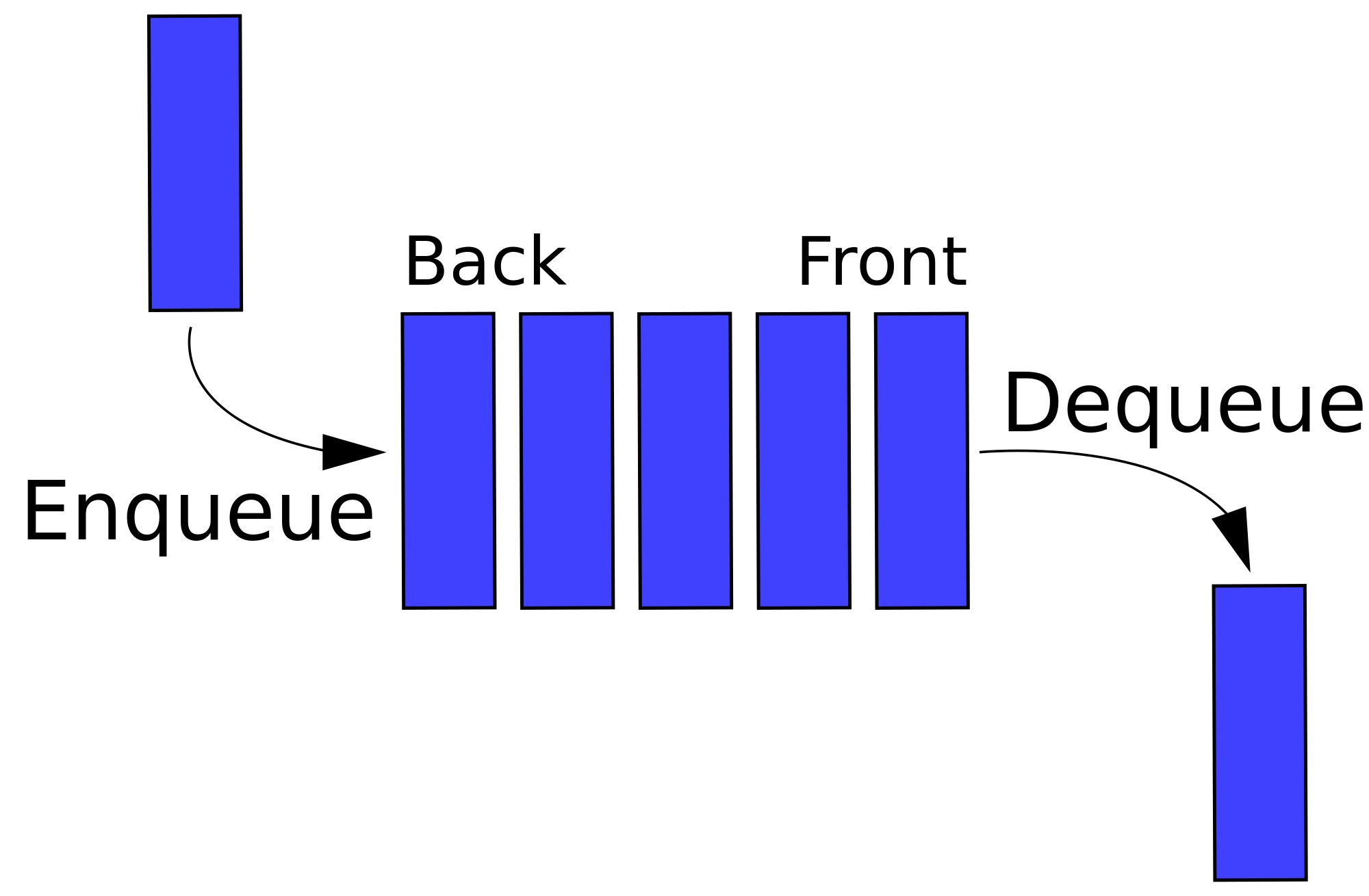A stack is a basic data structure or abstract data type or collection. This data type allows operations of PUSH and POP.
In the realm of computer science and data management, the Stack Data Structure reigns as a fundamental concept. It is an abstract data type that serves as a collection with distinct operations, primarily PUSH, POP, and PIP (Display). Let’s embark on a journey to understand the Stack Data Structure, explore its operations, and delve into its remarkable efficiency.
The Core Operations of Stack Data Structure: PUSH, POP, and PIP
At the heart of the Stack Data Structure are its primary operations:
- PUSH: This operation involves inserting elements into the data structure, pushing them onto the stack. New elements are placed at the top of the stack.
- POP: Conversely, the POP operation removes elements from the data structure. The last element added to the stack (at the top) is the first one to be removed. This follows the Last In First Out (LIFO) order.
- PIP (Display): PIP doesn’t stand for anything fancy; it simply represents displaying the elements of the stack. It’s a way to inspect the stack’s contents without altering them.
LIFO: Last In First Out in Stack Data Structure
The LIFO principle is at the core of the Stack Data Structure. Imagine your dataset as a stack of plates or books. To access items from the stack, you can only take the top item off. In other words, the last element added to the stack is the first to be removed. This concept is pervasive in programming, and understanding it is vital.
Overflow and Underflow States In Stack Data Structure
A stack can reach two critical states:
- Overflow State: If a stack is full and lacks sufficient space to accommodate a new element (PUSH), it’s considered to be in an overflow state. Stacks may be implemented with a bounded capacity, leading to overflow when that capacity is exceeded.
- Underflow State: Conversely, when a stack is empty and there are no elements to be removed (POP), it’s in an underflow state. The stack is devoid of items.
Efficiency of Stack Data Structure
Stacks offer exceptional efficiency in terms of time complexity. PUSH and POP operations can be performed in constant O(1) time. This means that the time required for these operations is not dependent on the number of items in the stack. It’s incredibly quick, making stacks a valuable asset in various programming scenarios.
No Comparisons or Moves Necessary
One of the remarkable aspects of stacks is that they require no comparisons or moves during their operations. The simplicity and speed of stack operations make them an ideal choice for scenarios where efficiency is paramount.
The Ubiquitous Role of Stacks Data Structure
Stacks are not just a theoretical concept; they are deeply intertwined with programming and problem-solving. They find applications in numerous domains, including but not limited to:
- Function Calls: Stacks are used in programming languages to manage function calls and track their execution.
- Expression Evaluation: Stacks are instrumental in evaluating arithmetic expressions and ensuring correct order of operations.
- Undo Mechanisms: Many software applications use stacks to implement undo functionality, allowing users to revert to previous states.
- Backtracking Algorithms: Stacks play a pivotal role in backtracking algorithms, enabling efficient exploration of potential solutions.
- Memory Management: Stacks are essential for managing memory in many computer systems, including the call stack in programming languages.
In Conclusion
The Stack Data Structure is a foundational concept that transcends theoretical boundaries to become an integral part of practical programming and data management. Its simplicity, efficiency, and adherence to the LIFO order make it a powerful tool in the hands of programmers. Whether you’re tackling complex algorithms, managing function calls, or evaluating expressions, understanding and mastering stacks is a valuable asset in the world of computer science.
PUSH and POP are major operations performed in this data structure. These operations are performed only at one end of the stack that is known as top of the stack. This means Stack follows LIFO (Last In First Out) order and this data structure called as LIFO data structure. Last element removed first and last element added at the top of the stack.

This concept can be illustrated by thinking of your data set as a stack of plates or books where you can only take the top item off the stack in order to remove things from it. This structure is used all throughout programming.
If a stack is full and does not contain enough space to accept an element to be pushed then the stack is considered as over flow state. Stack may be implemented with a bounded capacity over flow state occurs.
If stack is empty it goes to under flow state, this means that the stack has no elements to be popped.
Efficiency of Stack: In the stack, the elements can be push or pop one at a time in constant O(1) time. That is, the time is not dependent on how many items are in the stack and is therefore very quick.
No comparisons or moves are necessary.
Other Data Structures read here.
Stack Data Structure wiki.
 IT2EDU Empowering Education Through Technology
IT2EDU Empowering Education Through Technology

